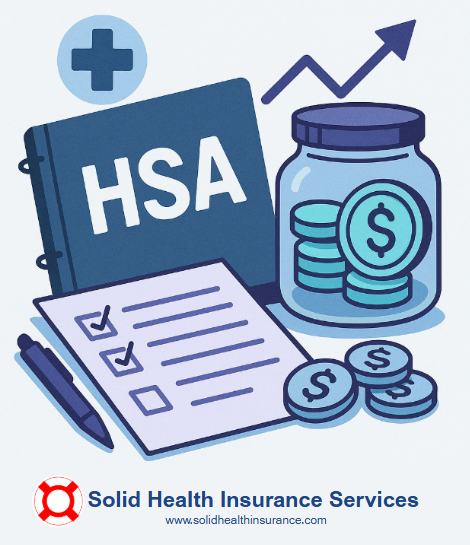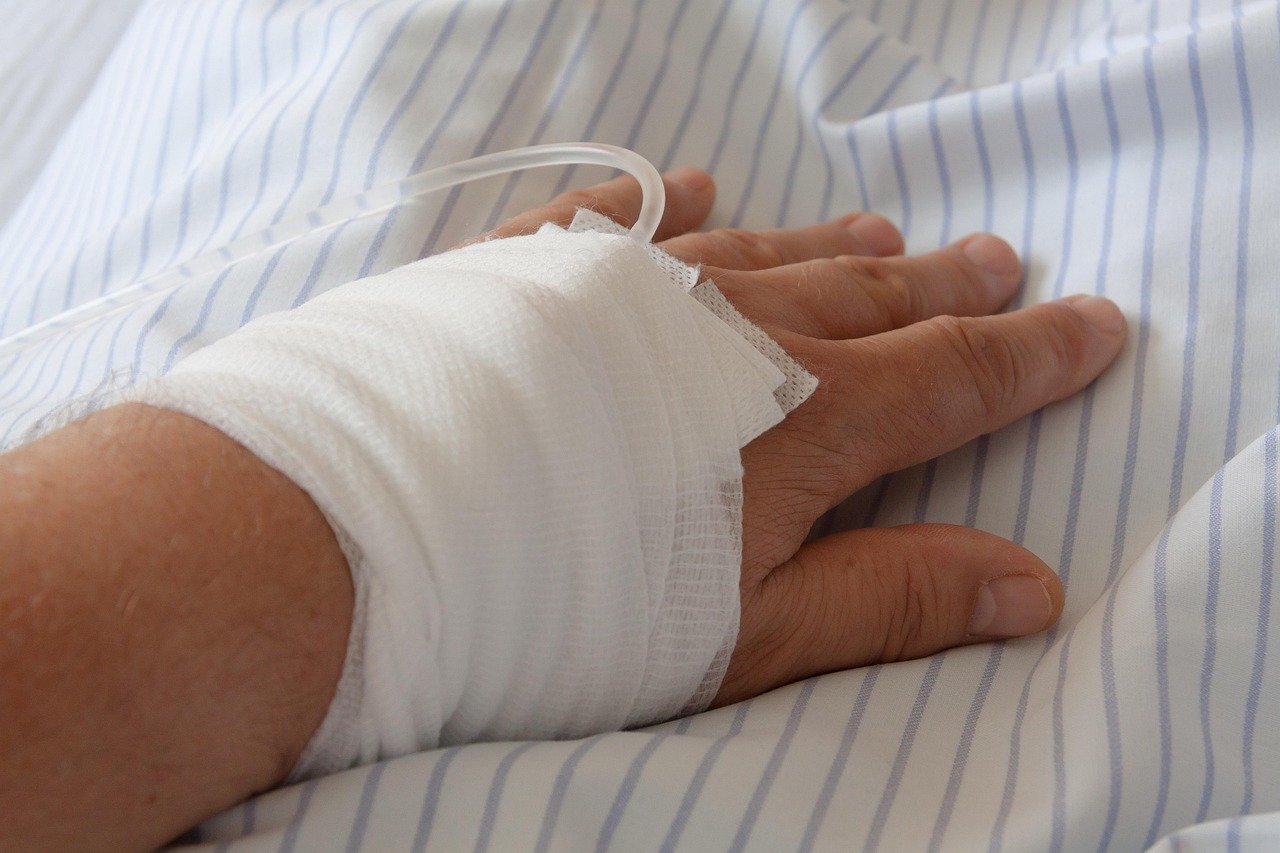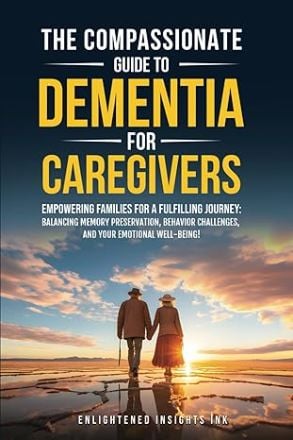
Caregiver, self-care is critical. If you don’t take care of yourself, who will? Last month, I had what I thought was a vision-related medical emergency. I panicked. Then I began to act. This is Part I of II.
What happened to my eye? Panic.
For two days, I brushed away fruit flies. Except, there were no flies. Then I awoke to a spongy feeling with impaired vision in my left eye.
The third night, while driving, I saw flashes of light in my left peripheral vision. I saw these when I woke up in the middle of the night.
What is going on? Am I losing my vision?
After four days, I called my ophthalmologist’s emergency number. It was Sunday. (I first called the Red Cross. I had volunteered for a two-week deployment to one of three states starting Tuesday. I wanted the regional coordinator to know as soon as I knew something was amiss, before she spent time on my assignment.) When the ophthalmologist didn’t call back within the hour, I called my primary care physician’s personal cell phone number. (He gave it to me long ago and this is the first time I called it after confirming the number during a recent appointment.) When he didn’t answer, I began to panic.
More Phone Calls
I called my friend a retired psychiatrist—an MD. He had been diagnosed with a severe vision-related disease. While he is legally blind, he can navigate his world with severe limitations. He was preparing for a holiday open house and had a minute to talk. He suggested I go to the emergency room and not mess with my vision. I hesitated.
I called my chiropractor. Yes. This may seem a bit strange, but he knows things. He is responsive and willing to help. He recommended an urgent care office.
I called the urgent care office. They didn’t have the facilities to assess my potential vision-related problem. Plus, their doctors visit hospitals. I called another urgent care office that was open 24-7. It was closed on Sunday.
I called the two hospitals’ emergency room numbers. Thankfully, they answered. It was around 10:00AM and I said, “I don’t know if this is an urgent care issue or an emergency.” I explained briefly—the spongy feeling in my left eye and fractional loss of vision. Each person listened to me. Each informed me that they could not diagnose remotely. They added that nearly 90 people were waiting already.
While waiting for my ophthalmologist or primary care doctor to return my calls, I weighed the risk of going to the emergency room. Knowing that my situation was not dire—I could breathe and was not going to die—I considered the risk of catching something while waiting among many others versus the potential risk of vision loss.
Finally, I posted to Facebook. Two friends messaged me—one offered to take me wherever necessary and the other shared the potential urgency if my symptoms were like his from nearly eight years ago. I followed up with both by telephone.
Time to Get My Mind Off Me and Do Something Different
My friend, the psychiatrist, was hosting a holiday open house. I brought a bottle of Rompope (Mexican eggnog).
While listening to one of the attendees talk about his life and enjoying myself, my primary care physician called. I excused myself to take his call. After apologizing for calling so late (he was driving home after attending a funeral in a neighboring state) he asked, “So, what is going on?” Based on my description, he advised me to follow-up with the ophthalmologist in the morning. He said I was smart to not go to the emergency room. I immediately felt more relaxed. The second serving of Rompope may have helped!
Next week, I’ll post Part II of Have You Tested Your Own Emergency Response System?
The Diagnosis. What I Learned. Testing Your Own Emergency Response System
Disclaimer: This story is auto-aggregated by a computer program and has not been created or edited by healthlydays.
Publisher: Source link











